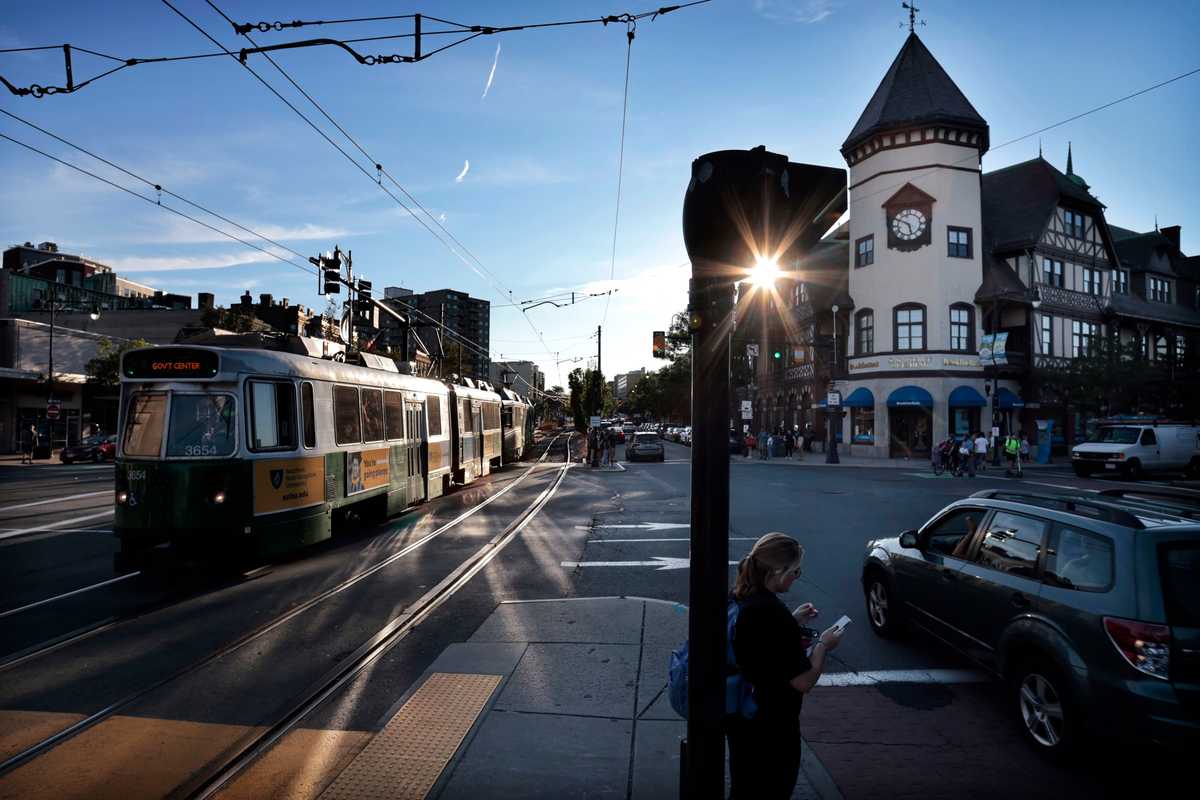It's 11pm on a Friday night, which means it's time to draw some lines on maps.
None of these ideas have been examined critically at all.
Setting aside a second surface route, let's instead think about building a subway to Nubian. A couple points for our consideration:
1) No matter how you do it, it will be expensive. Whether it's dealing with landfill or undocumented utilities or deep bores or unhappy residents, the cost will be high.
2) The number one goal is to run trains quickly and frequently from Nubian to downtown. A nice number two goal would be serving BU Medical Center.
3) Local service on Washington St is explicitly out of scope and can be handled via a shorter surface route.
Earlier in the week we were chatting about tunneling under Harrison. But what if we looked further east, and instead tunneled under Albany and 93? (You could maybe also save on tunneling costs by running in an open cut under 93.)
View attachment 32432
Believe it or not, this is only a quarter mile longer than a Washington St alignment. And I would argue that you could get away with having only two intermediate stations (e.g. at the southern and northern ends of BUMC), or maybe even only one. 2 miles of running track is equivalent to Beaconsfield to Longwood, which is timetabled at 7 min with two intermediate stops. So an alignment like this could potentially compete with the travel times of the El.
If we don't feel like pissing off the hospitals by tunneling outside their front door, we could piss off everyone else and tunnel under a combination of Melnea Cass, the Mass Ave Connector, BioSquare Dr, and 93:
View attachment 32433
Even with potential cost savings from tunneling under the highway, this would still be a mammoth of a project, with a cost to match. I think it's possible that one could make a case for positive impact across the Green Line network (i.e. more than just positive impact for Nubian riders), but it's still probably a tall order.
But what if we can up the ante? What if, in addition to giving Nubian a speedy one-seat-ride downtown, we
also provided a key piece of infrastructure to enable a southside LRT Urban Ring linking Nubian (and potentially beyond) with the Seaport?
View attachment 32434
Cut across to Broadway (somehow -- yes, big question mark here) and then cut across to South Boston Haul Road (yes, another big question mark here) and then run to the Seaport in the open cut of the current South Boston Haul Road. For less than half a mile of additional tunnel, you've built a fifth of an LRT Urban Ring. At that point, all you need to do (and it's definitely still a tall order, but all the same) is build a ~1 mile cut-and-cover subway between Huntington and Nubian, and then you have two full length circumferential LRT lines in dedicated ROWs originating at opposite ends of Longwood.
(Yes, this still doesn't solve the problem of getting across Longwood. But you can bet your CharlieCard, a Longwood West <> Cambridge <> Sullivan <> Airport line and a Longwood East <> Nubian <> Seaport line would be pretty fricking awesome on their own.)
Building a Nubian-Downtown subway that also can be used by the Urban Ring massively expands the scope of its impact. It would also massively expand the constituency that could lobby for it -- now this isn't just about expanding transit access for Dorchester, it's about linking together major employment centers (blah blah blah -- yes, I'm pointing out that this approach would bind together the fortunes of both wealthy and poor Bostonians, and it never hurts to get major institutions like Harvard, MGH/Brigham, and BU on your side).
In the name of crayoning perfectionism, I should acknowledge that, theoretically, you could utilize the Back Bay-South Station subway to connect the Urban Ring to the Seaport:
View attachment 32435
But to do that you'd need to tunnel under all of this, and also fit a flying junction of some kind into your alignment along Hudson St, which is already a finely threaded needle:
View attachment 32436
Of course, it's possible that cutting underneath the maintenance yards between 93 and Broadway will in fact be even hairier, so who knows.
tl;dr: Building a subway to Nubian will be Very Expensive no matter how you do it, so let's find a way to make it do more than "merely" connect Nubian with downtown -- if you're gonna Go Big, then you should properly Go Big.

